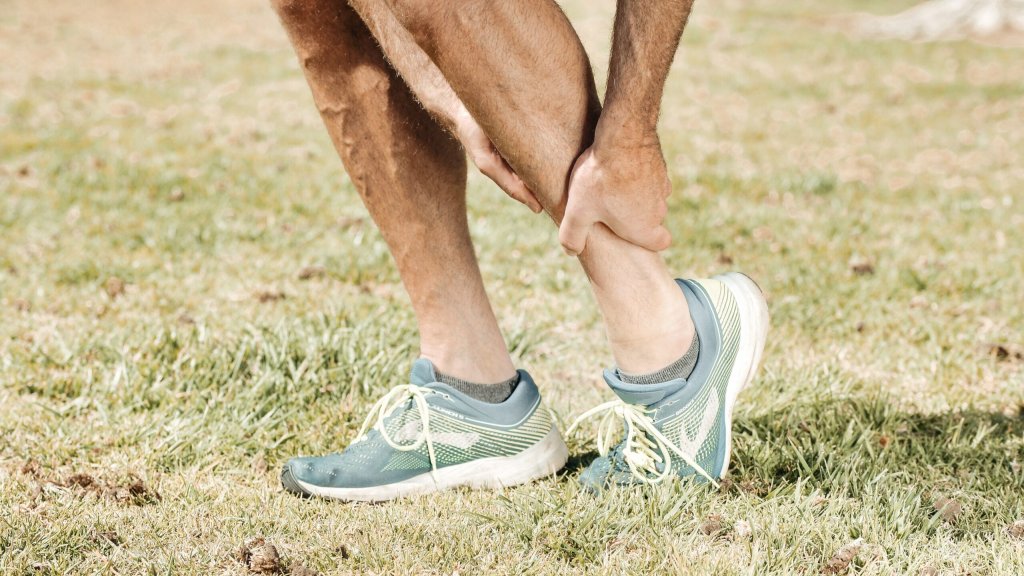In the infantry, troops sustain injuries every single day — from little bumps and bruises to breaking random bones. Since the nature of an infantryman’s work means using lethal force against an enemy, training a grunt to be a badass can result in a troop getting hurt in one way or another.
Of all the possible injuries the human body can endure, these are the most common infantry training injuries
1. Patellofemoral pain syndrome
This diagnosis is a broad term that refers to having pain in the front of the knee or, specifically, the patella. It’s a common issue among those who undergo high-impact activities, like running while wearing a heavy pack. Those who have patellofemoral pain syndrome will typically have problems kneeling down and maneuvering through uneven terrain and experience soreness during long platoon runs.
Patellofemoral pain syndrome is caused by the roughening or softening of the cartilage under the kneecap. The typical treatment involves giving the patient two straws (to suck it up), a decent dose of ibuprofen or naproxen, taping the kneecap in place, and getting better PT shoes.
2. Hamstring pulls
You know that muscle in the back of your thigh? That’s your hamstring and it’s one of the thickest muscles in the human body. Pulling a hammy is a common injury in grunts who have to run fast but aren’t properly warmed up.
The hamstring helps flex and straighten the knee joint. So, if an infantryman hurts this important muscle, they might be out of the fight for a while.
3. Lumbago

This medical term merely refers to pain located in the lower back. Grunts have to shift through various fighting positions, like prone and kneeling, while wearing heavy gear on their backs for several hours throughout the day, making this a common ailment for infantrymen in training.
4. Shin splints
Shin splints are likely the most common type of lower-leg ailment across the entire military — and it’s especially common among the infantry. Also known as medial tibial stress syndrome, the disorder is caused by putting extreme stress on the shinbone and other connective tissues in the area.
5. IT band syndrome
You know that pain on the side of your knee that flares up after a mandatory 12-mile run? It’s probably not a ligament — but it could be your iliotibial band. This slab of connective tissue runs down from the side of your hip and latches onto the outside part of your knee.
6. Ankle sprains
Commonly known as a “twisted ankle,” this is one of the most highly diagnosed injuries to the lower leg due to inversion. This structure in the distal part of your leg can only bend and flex so far before sustaining damage. Ankle sprains can be just as nasty as some minor fractures due to the amount of time it can take to fully heal.
Since ligaments receive limited blood supply, a high-level sprain can take weeks to properly heal.


